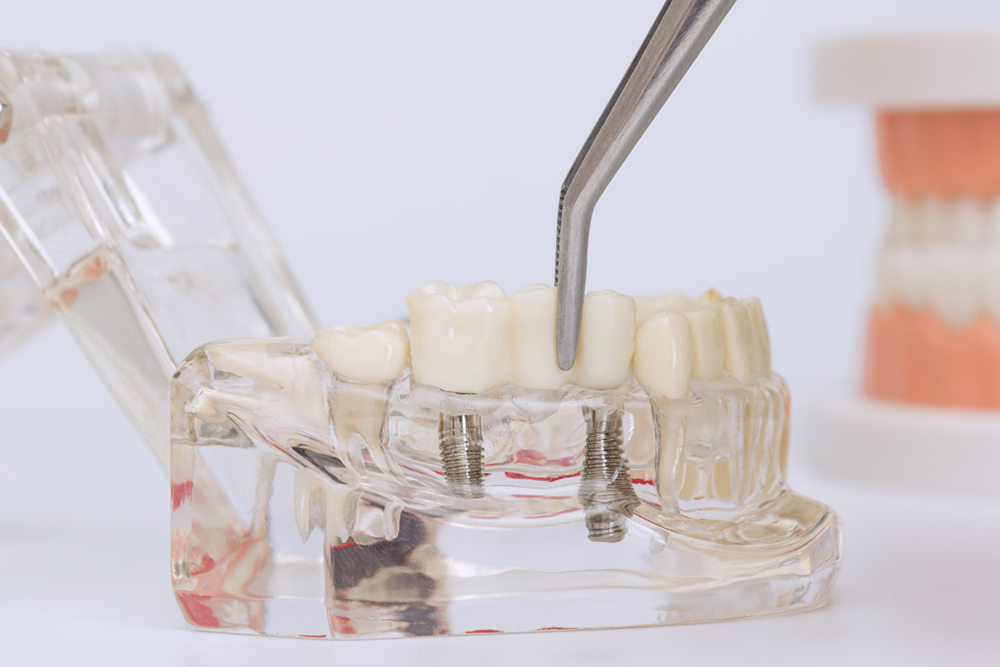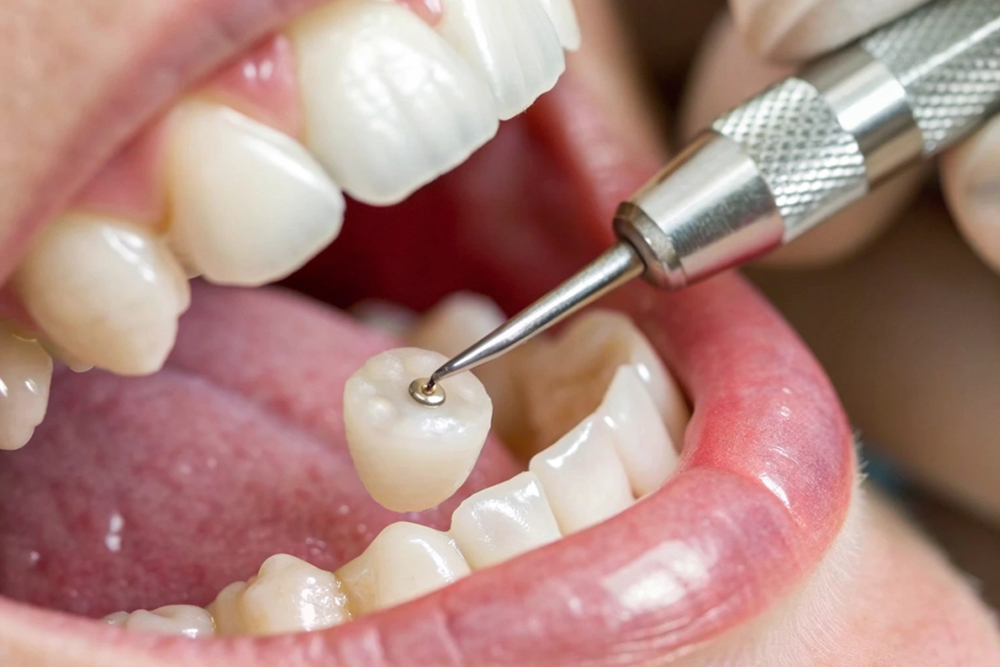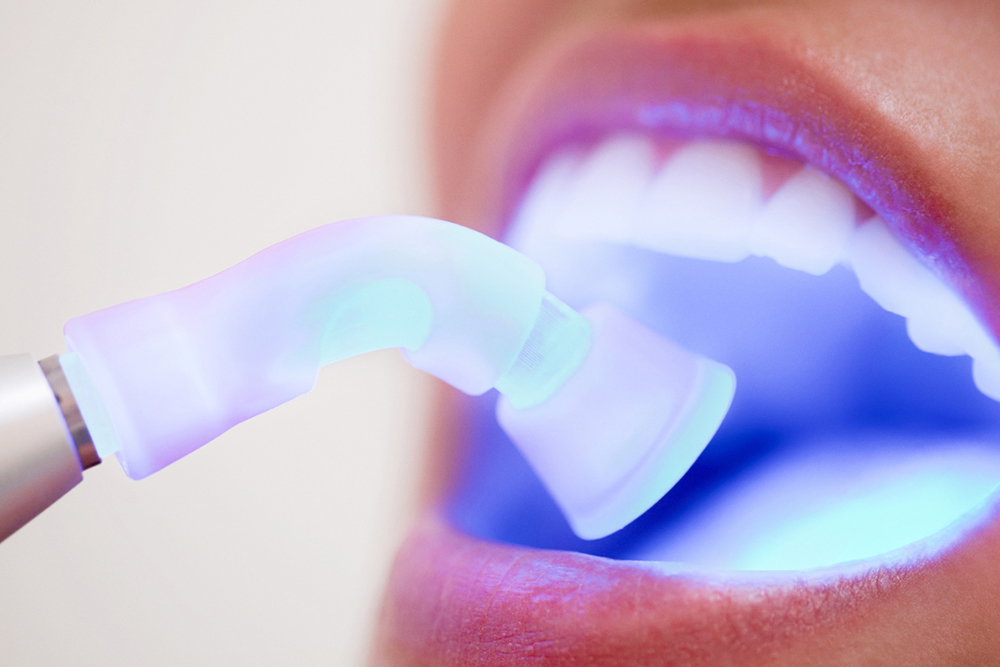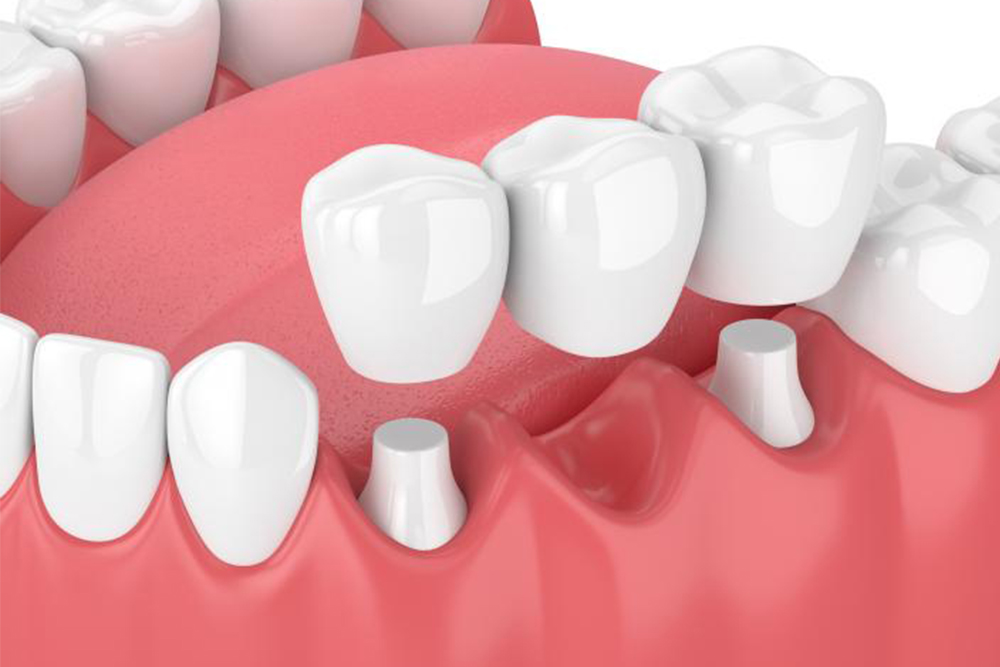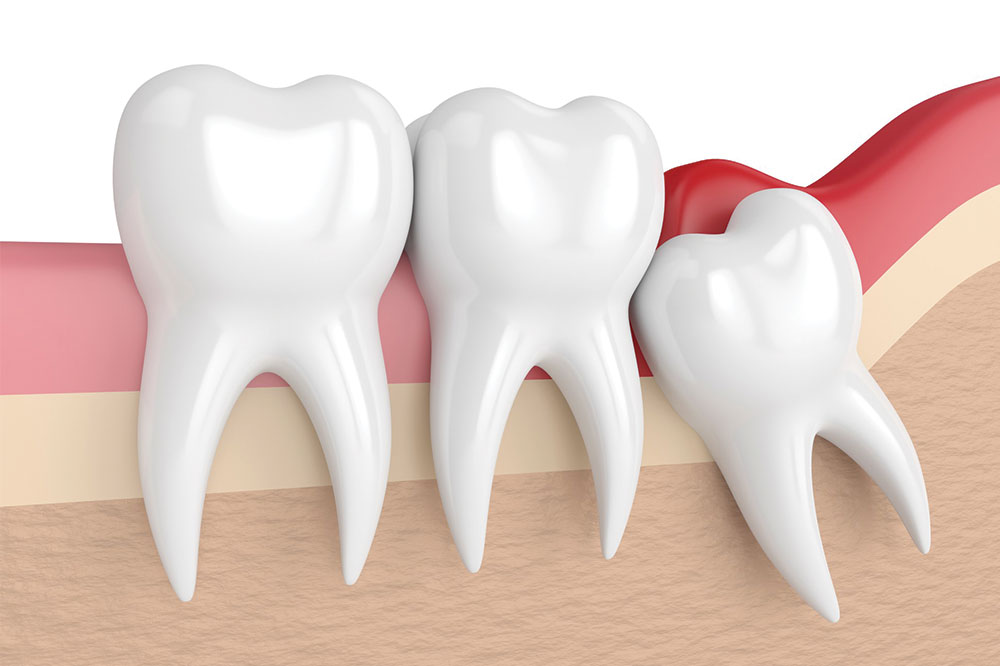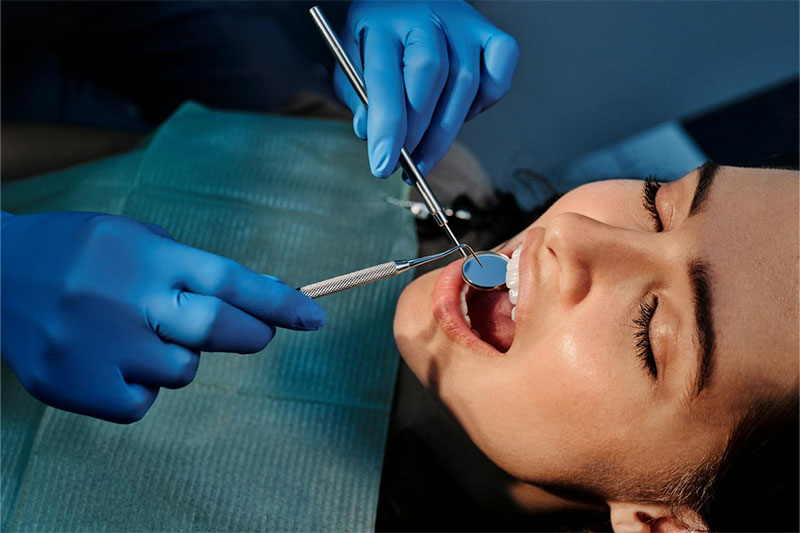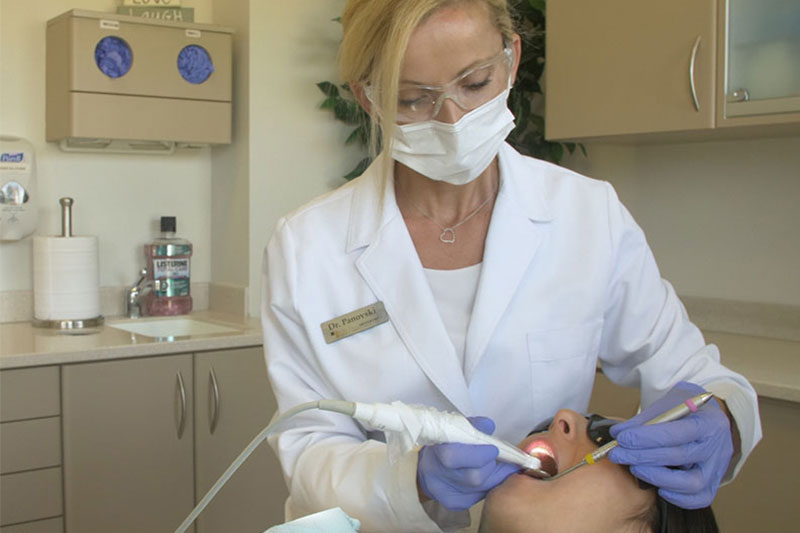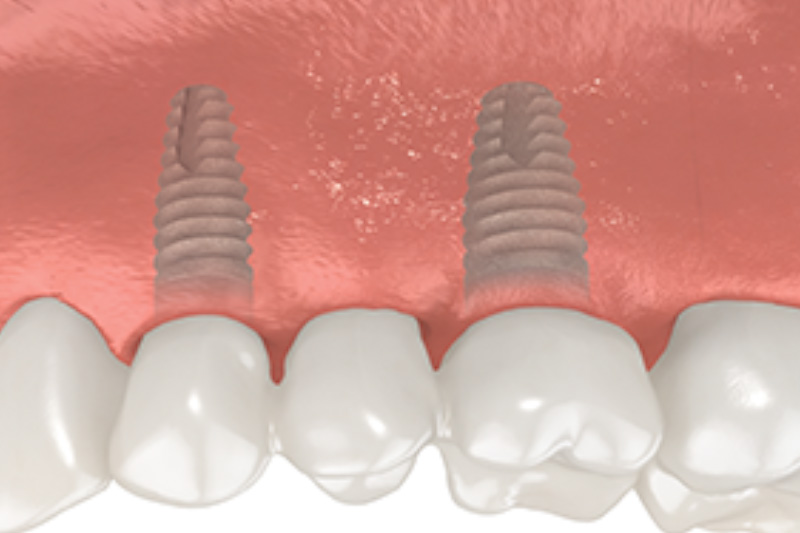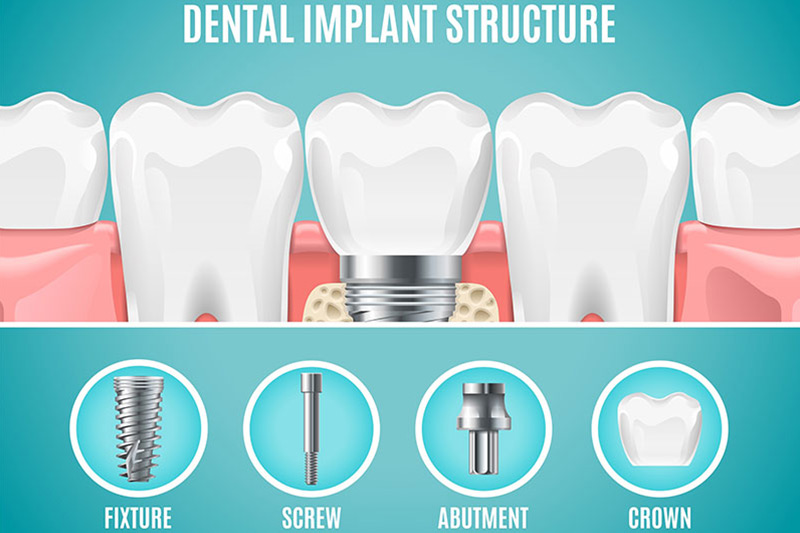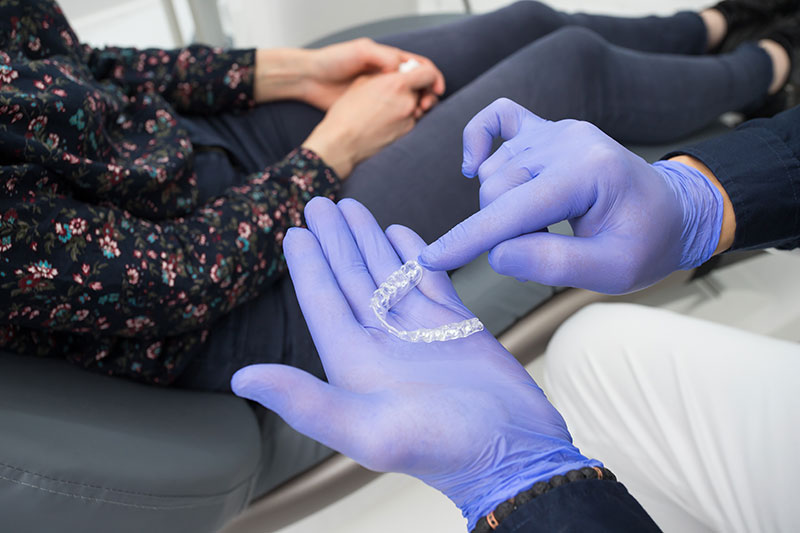Dental Blog
Dental Implants Complete Guide: What Patients Need
September 19, 2025 / DENTISTRY
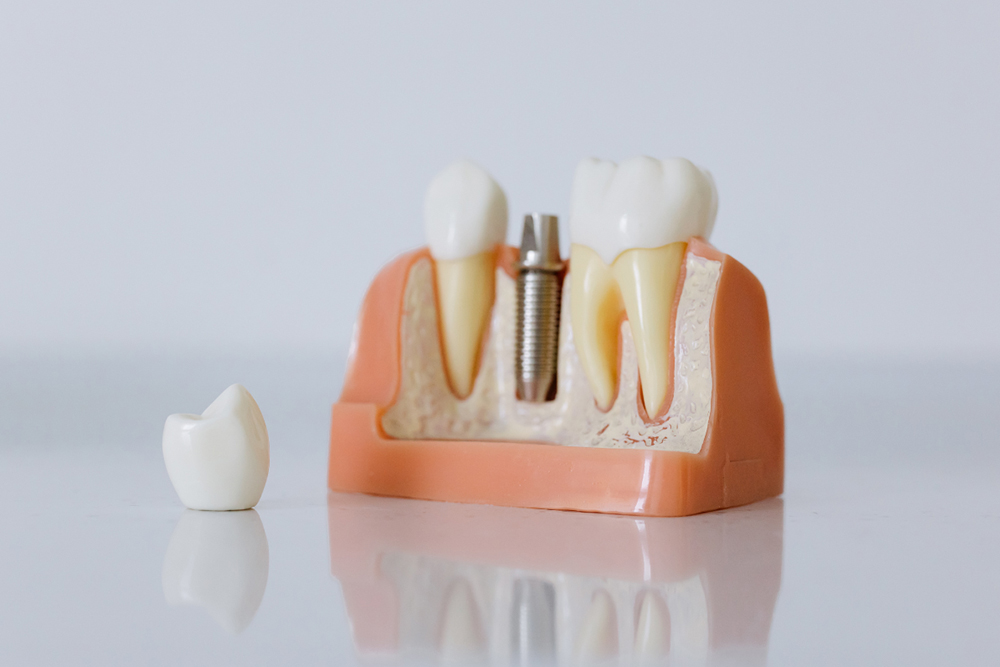
Considering Dental Implants to Replace Missing Teeth
Considering dental implants to replace missing teeth?
This decision can transform oral health and quality of life significantly. At Vellore Corners Dentistry in Woodbridge, patients receive comprehensive information about dental implants before beginning treatment. This complete guide covers everything needed to know about dental implants, from initial consultation to final restoration.
Dental implants represent the gold standard for tooth replacement. They function like natural teeth and can last a lifetime with proper care. Understanding the complete process helps patients make informed decisions about their oral health.
Understanding Different Types of Dental Implants Available
Not all dental implants are identical.
The type recommended depends on bone structure, oral health, and specific patient needs.
Endosteal Dental Implants
Endosteal dental implants are the most common type used today. These titanium posts are surgically placed directly into the jawbone. They fuse with bone through a process called osseointegration.
Most patients with adequate bone density are candidates for endosteal dental implants. These implants work well for single tooth replacement. They also work for multiple teeth or full-mouth reconstruction.
Subperiosteal Dental Implants
Subperiosteal dental implants sit on top of the jawbone but remain underneath the gum tissue. This option works for patients without enough healthy jawbone for endosteal implants. It also suits those who prefer avoiding bone grafting procedures.
These dental implants use a metal framework that rests on the jawbone. As gums heal, the framework becomes fixed to the jawbone, providing a stable foundation for replacement teeth.
Zygomatic Dental Implants
Zygomatic dental implants offer solutions for patients with severe upper jaw bone loss. Instead of placement in the jawbone, these longer implants anchor in the zygomatic bone (cheekbone).
This advanced technique allows patients to receive dental implants without extensive bone grafting. However, zygomatic dental implants require specialized training and experience for safe placement.
Step-by-Step Dental Implants Procedure Process
Understanding the dental implants process helps reduce anxiety.
It also ensures patients are prepared for each treatment phase.
Initial Consultation and Planning
The dental implants journey begins with a comprehensive examination at Vellore Corners Dentistry. Detailed X-rays and 3D scans are taken to assess bone density. These images help plan optimal implant placement.
During this appointment, medical history and medications are discussed. Lifestyle factors that might affect healing are also reviewed. Different treatment options are explained and personalized treatment plans are created.
Surgical Placement of Dental Implants
The surgical phase involves placing the titanium implant into the jawbone. This procedure is typically performed under local anesthesia, with sedation available for anxious patients.
Surgery usually takes 1–2 hours per implant. A small incision is made in the gum, a precise hole is created in the jawbone, and the implant is placed. The gum is sutured closed and healing begins.
Healing and Osseointegration Period
After placement, the titanium implant gradually fuses with the jawbone through osseointegration. This creates a strong, permanent foundation.
This healing phase typically takes 3–6 months depending on individual healing and implant location. Temporary restorations may be worn if needed.
Abutment Placement
Once osseointegration is complete, an abutment is placed as a connector between the implant and final restoration. This minor procedure involves reopening the gum tissue. Some soreness is normal afterward, but most patients return to normal activities within a few days.
Final Restoration Attachment
The last step is attaching the custom crown, bridge, or denture to the abutment. Proper fit, function, and aesthetics are ensured before securing permanently. With proper care, dental implants can last a lifetime.
Timeline Expectations for Dental Implants Treatment
Understanding the timeline helps patients plan accordingly.
It also sets realistic expectations for treatment.
- Immediate Phase (Days 1–14) – Focuses on initial healing. Some swelling and discomfort are normal. Most patients return to work in 2–3 days but should avoid strenuous activities for a week.
- Early Healing Phase (Weeks 2–8) – Gums continue healing as osseointegration begins. Sutures are removed and follow-ups monitor progress.
- Osseointegration Phase (Months 2–6) – The implant fuses with the bone, creating a stable foundation. Most patients experience no discomfort during this period.
- Restoration Phase (Months 4–7) – Final impressions are taken and restorations fabricated. This usually takes 2–4 weeks.
Factors Affecting Dental Implants Success Rates
Several factors influence outcomes.
Success rates exceed 95% when proper protocols are followed.
- Bone Quality and Quantity – Adequate bone density is crucial. Bone grafting may be necessary when bone loss exists.
- Overall Health Status – Conditions like uncontrolled diabetes or autoimmune disorders may affect healing.
- Oral Hygiene Habits – Excellent daily care prevents peri-implantitis, a gum disease-like condition around implants.
- Smoking and Lifestyle – Smoking increases risk of implant failure by impairing healing.
Caring for Your Dental Implants Long-Term
Proper care ensures dental implants last a lifetime.
It also maintains function for many years.
- Daily Oral Hygiene – Brush twice daily, floss around implants, and use interdental brushes designed for implants.
- Regular Professional Care – Routine cleanings and check-ups at Vellore Corners Dentistry prevent complications and detect issues early.
- Lifestyle Considerations – Avoid chewing on hard objects like ice or pen caps to prevent damage.
Making the Decision About Dental Implants
Choosing dental implants is an investment in oral health and quality of life.
Unlike removable dentures, implants allow confident eating, speaking, and smiling.
At Vellore Corners Dentistry in Woodbridge, patients benefit from advanced dental implants treatment using the latest technology and techniques for optimal outcomes.
Ready to learn more about how dental implants can transform your smile? Contact the Woodbridge office at 905-417-8111 or reach out online to schedule a consultation. The practice is open Monday through Thursday from 8:00 AM to 8:00 PM, and Friday and Saturday from 8:00 AM to 3:00 PM.
The journey to a complete, confident smile begins with understanding your options. Let the team at Vellore Corners Dentistry help you discover how dental implants can improve your life.
Archive
